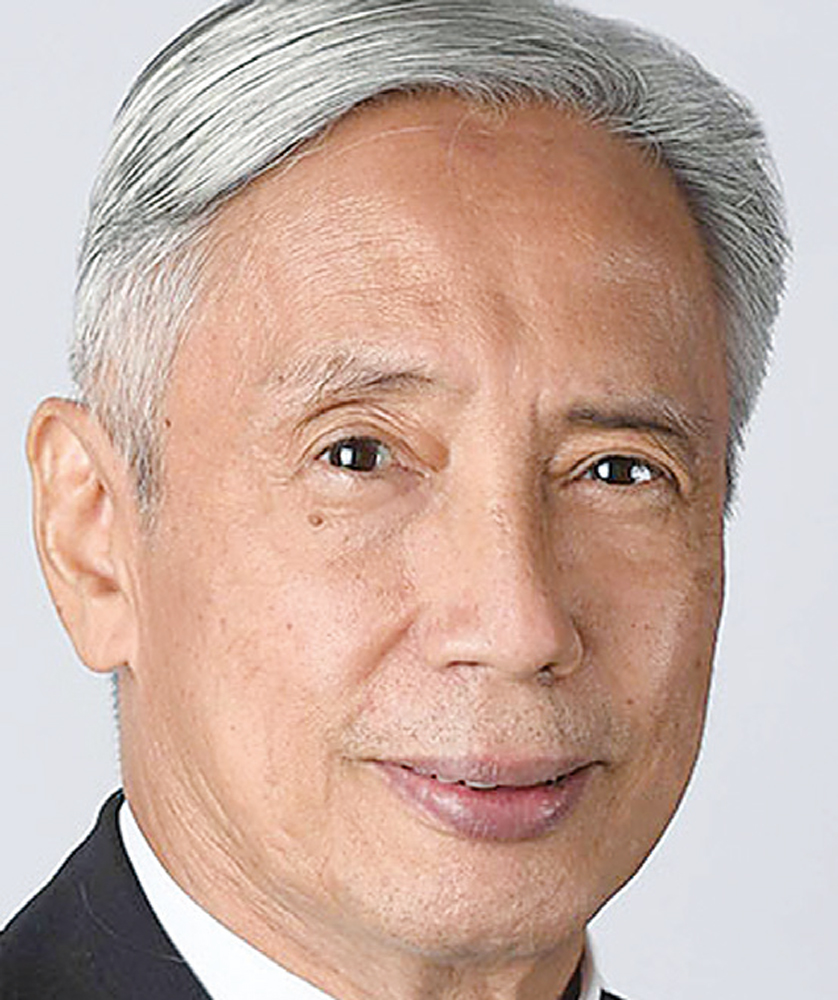Foreseeing a gradual return of inflation to the target band of between 2 and 4 percent, the Monetary Board yesterday decided to keep the key rate of the Bangko Sentral ng Pilipinas (BSP) at its current but at 16-year-high level of 6.25 percent.
The interest rates on the overnight deposit and lending facilities were also kept at 5.75 percent and 6.75 percent, respectively.
To combat high consumer prices, the Monetary Board has increased the key rate nine consecutive times since May 2022, totaling 425 basis points.
“Based on the sum of new information and its assessment of the impact of previous monetary policy actions, the Monetary Board decided that a pause in monetary policy tightening was appropriate,” Felipe Medalla, BSP governor, said after yesterday’s monetary policy stance meeting.
Medalla said the Monetary Board deemed it necessary “to keep the policy interest rate at its current level over the near term, as ongoing price pressures continue to warrant close monitoring.”
“A prudent pause also allows monetary authorities to further assess how macroeconomic and financial conditions will evolve in view of tighter global financial conditions,” Medalla said.
According to the Monetary Board, the BSP’s latest baseline projections continue to reflect a gradual return of inflation to the target band of 2″‘4 percent over the policy horizon.
Average inflation for 2023 is now projected to settle at 5.5 percent, lower than 6 percent previously, while the average inflation forecast for 2024 is at 2.8 percent.
Inflation expectations for 2024 and 2025 are steady and within the target range.
Inflation has been declining since February and eased further to 6.6 percent year-on-year in April from 7.6 percent in March, well within the BSP’s forecast range of 6.3-7.1 percent for the month.
The resulting year-to-date average of 7.9 percent, however, is still above the government’s average inflation target range of 2 to 4 percent for the year.
Core inflation, which excludes selected volatile food and energy items that depict underlying demand-side price pressures, also declined marginally to 7.9 percent in April from 8.0 percent in March.
BSP said the deceleration in inflation came as prices of food and energy-related items continued to decline. Inflation of key food items, such as vegetables, fish and meat, slowed down during the month with the improvement of domestic supply conditions.
“Nevertheless, even as headline inflation has continued to decelerate with slower increases in the prices of food and energy-related items, core inflation has only eased marginally. In addition, the balance of risks to the inflation outlook remains largely tilted towards the upside owing to persistent constraints in the supply of key food items, the potential impact of El Niño on food prices and utility rates, as well as the effects of possible additional adjustments in transportation fares and wages. Meanwhile, the impact of a weaker-than-expected global economic recovery continues to be the primary downside risk to the outlook,” Medalla said.
Medalla added while gross domestic product growth has remained robust in the first quarter of 2023, “demand indicators have also pointed to a potential moderation in the recent months, suggesting that previous policy rate increases by the BSP continue to work their way through the economy.”
“The Monetary Board is encouraged by the recent mounting of whole-of-government actions to ease constraints on food supply,” Medalla said.
“Given these considerations, the Monetary Board deems it prudent for the BSP to take a pause in monetary policy tightening while remaining ready to respond to emerging threats to inflation,” Medalla said.
Michael Ricafort, RCBC chief economist, said local policy rates would still be “largely a function of future Fed rate moves, the local inflation trend, and the behavior of the peso exchange rate, which affects import prices and overall inflation.”
“Still relatively higher inflation, but already on an easing trend in recent months would also be a consideration on the size of any local policy rate move on top of any Fed rate move and the behavior of the peso exchange rate. However, this is offset by the fact that supply-side inflationary pressures, not due to higher demand, would not make any additional rate hikes effective, thereby could be better addressed by non-monetary measures to increase local supply of food and other commodities in an effort to bring down prices and overall inflation,” Ricafort said.
He said inflation in recent months were largely due to supply-side factors, not due to higher demand.
“Any additional local policy rate hike may not necessarily be effective in addressing these supply-side inflationary pressures, largely due to external factors such as higher global oil and other commodity prices largely due to Russia’s invasion with Ukraine since last year — all of which are beyond the country’s reasonable control,” Ricafort said.
Ricafort added year-on-year inflation could mathematically ease further in the second quarter of this year “due to higher base effects as global crude oil prices reached the immediate high on March 7, 2022.”
“Thus, further local policy rate pause or even cut could already be possible for the coming months, as a function of future Fed rate pause or cut as well as the behavior of the peso exchange rate, going forward,” he said.
Ricafort said markets are now anticipating a possible cut in banks’ reserve requirement ratio as early as June 2023, “as one of the options to ease monetary policy other than a local policy rate cut.”
“Also a possible cut in local policy rates as early as August 2023/second half of 2023 if inflation eases further and if the Fed starts to cut rates by then amid signals to maintain the interest rate differential at 100 basis points to help stabilize the peso exchange rate and overall inflation,” he said.





